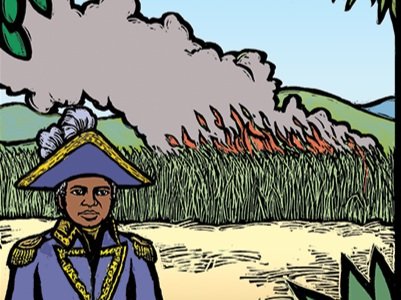
The Haitian Revolution: Central to U.S. History
Reading By Alana D. Murray
For Black people prior to the Civil War, the revolt of enslaved people in Haiti served as a beacon of freedom. These heroic actions of the Haitian revolutionaries resonated well into the 20th century. The events of the Haitian revolution shaped a Pan African identity that influenced the thinking of leaders in the Civil Rights Movement and the Black Power Movement.
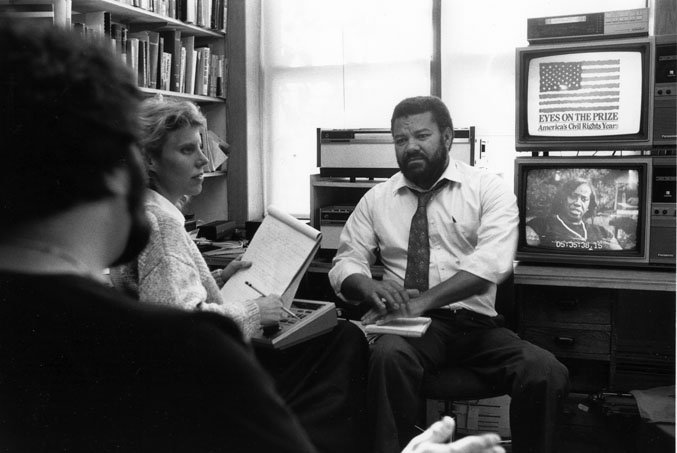
Teaching Eyes on the Prize, Teaching Democracy
Reading by Judy Richardson
Richardson shares key insights and considerations for teachers when using the Eyes on the Prize film.
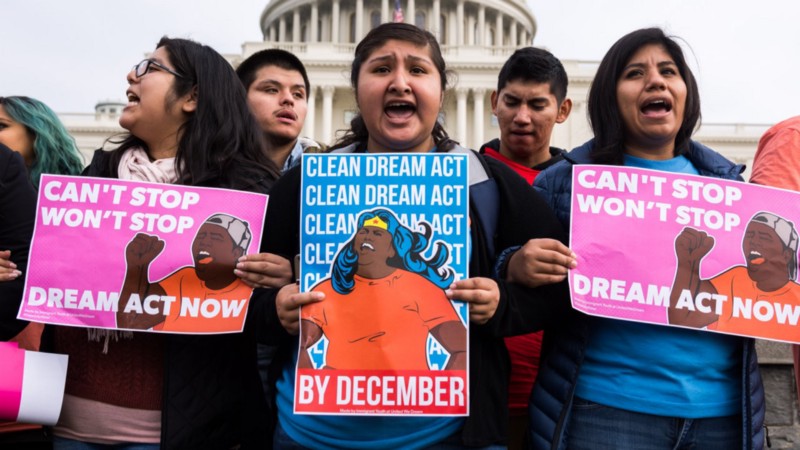
And the Youth Shall Lead Us
Reading By Allison Acosta, Allyson Criner Brown, and Deborah Menkart
These stories demonstrate that young people have played a lead role ― standing on the shoulders of those who came before them ― throughout U.S. history. It helps dispel the “exceptional” narratives perpetrated by the corporate media when they highlight selected groups and individuals (generally white students) such as the Parkland students and Greta Thunberg. Their important and brave work needs to be presented in a fuller context.
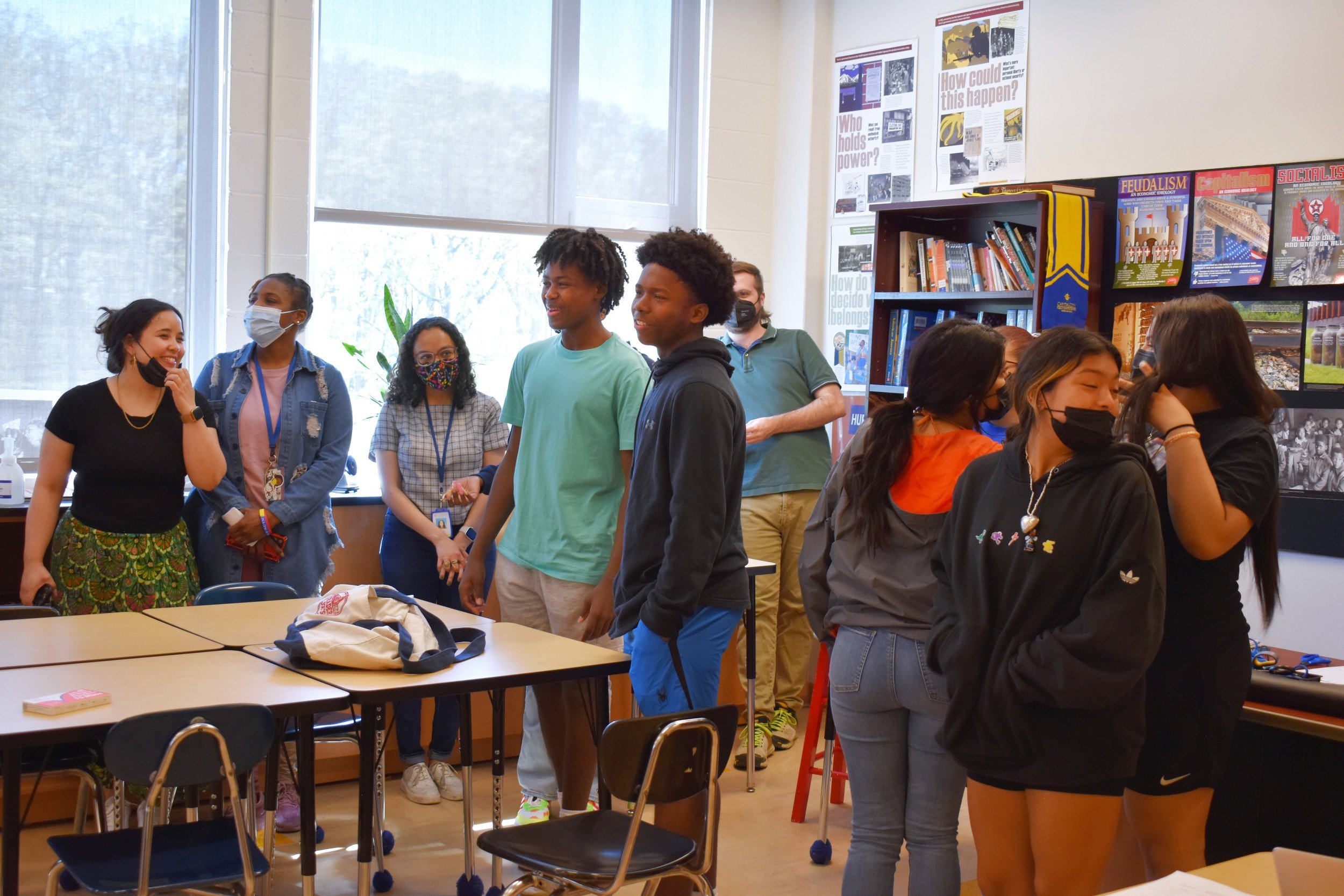
High School Students Lead Interactive Youth Justice Summit
Teaching Story by Erika Landberg and Vanessa Williams
The annual Youth Justice Summit at Capital City PCS in Washington, D.C. included six sessions of youth-led workshops on a variety of social justice topics including book banning, the impacts of gentrification, gun violence, disability and policing, and climate justice.
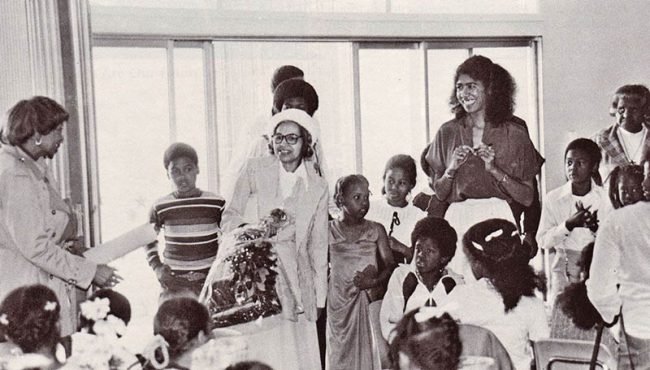
The Rebellious Lives of Mrs. Rosa Parks
Lesson by Bill Bigelow
In this mixer lesson, students learn about Rosa Parks' many decades of activism by taking on roles from various times in her life. In this way, students learn about her radicalism before, during, and long after the Montgomery Bus Boycott.
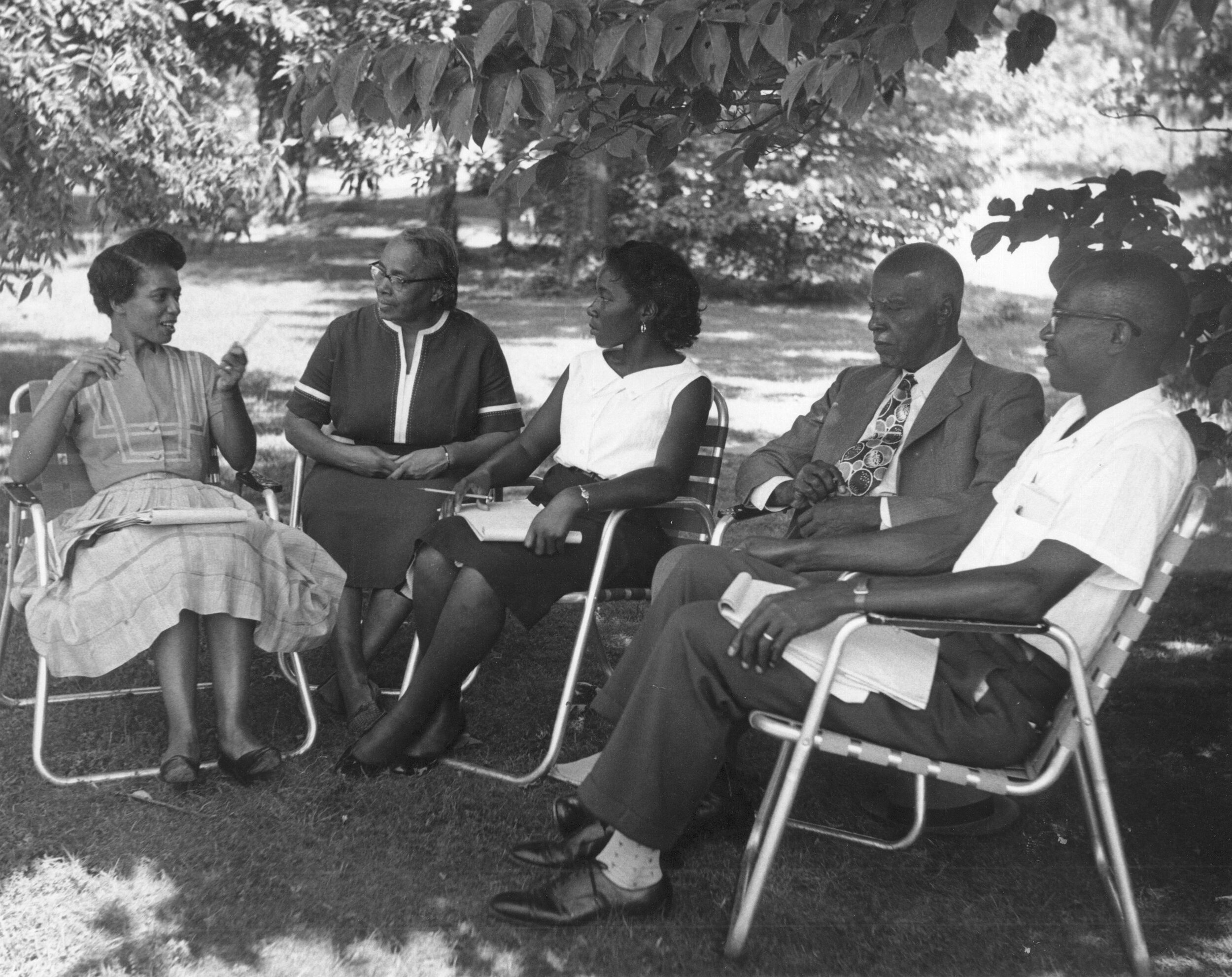
Literacy and Liberation
Reading by Septima P. Clark
The role of freedom schools and the Highlander Center in breaking down barriers and building leadership in the African American community.
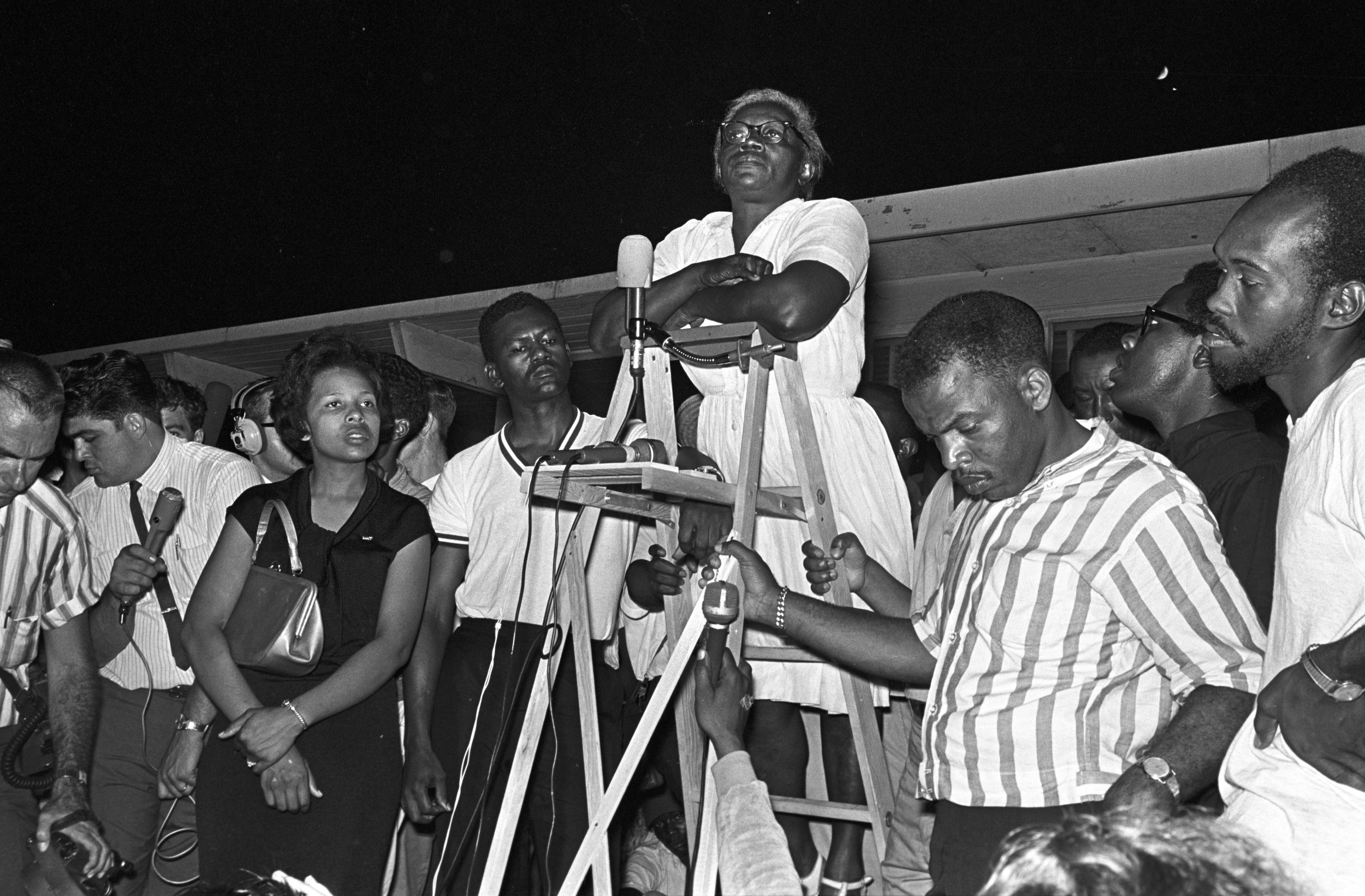
What Would You Do? Students Grapple with Risks Faced by Voting Rights Activists
Lesson by Cristina Tosto
Students come to understand the level of bravery displayed by local activists and ordinary people in Mississippi when they simply completed a voter registration form by imagining themselves in the role of someone who lived during the modern Civil Rights Movement. The names of the activists are revealed after they’ve considered what they might do in the role they’ve been given.
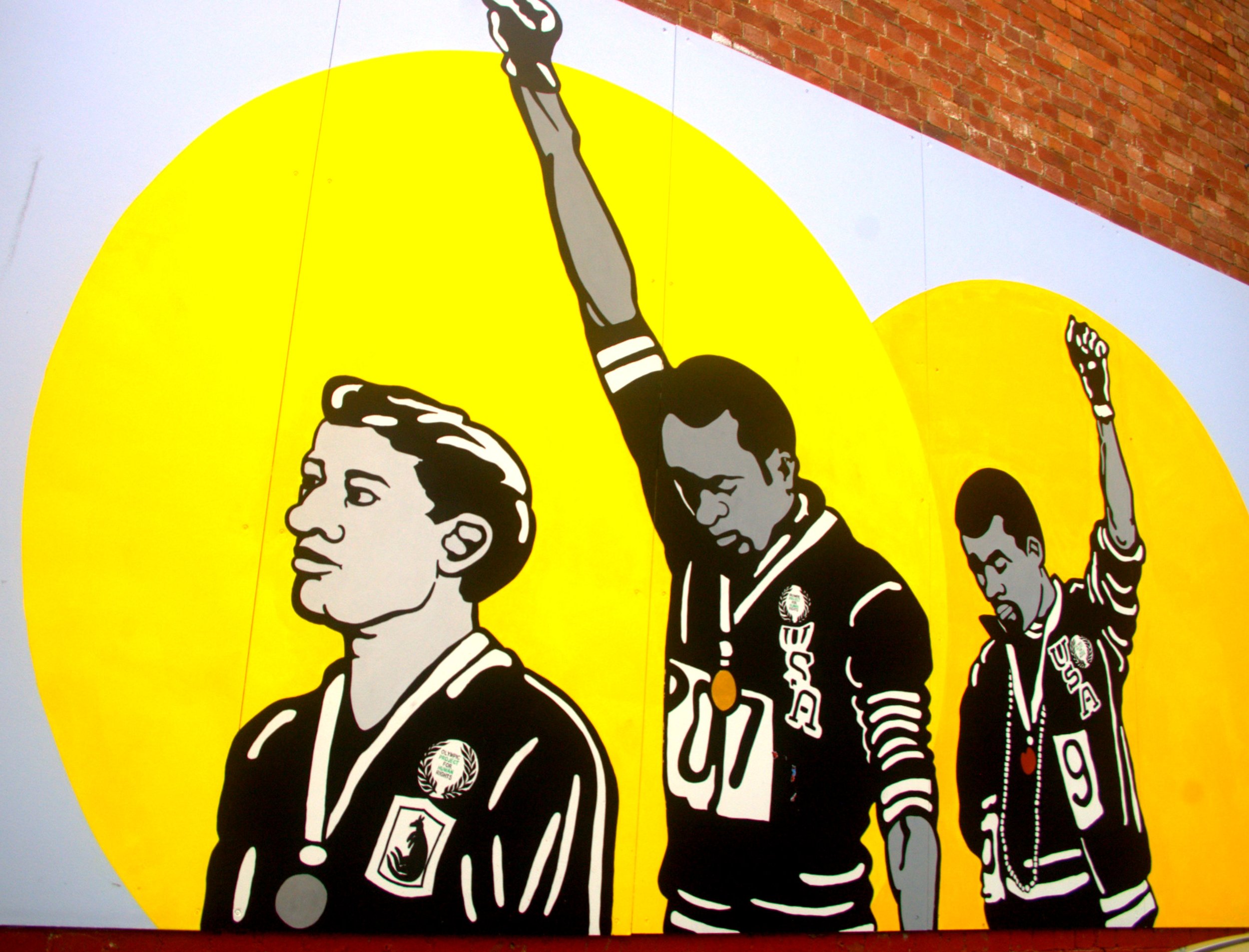
Elegy for Peter Norman
Reading by Josh Healey
Poem about Peter Norman, the white Australian athlete in the historic protest and iconic photo at the 1968 Olympics.
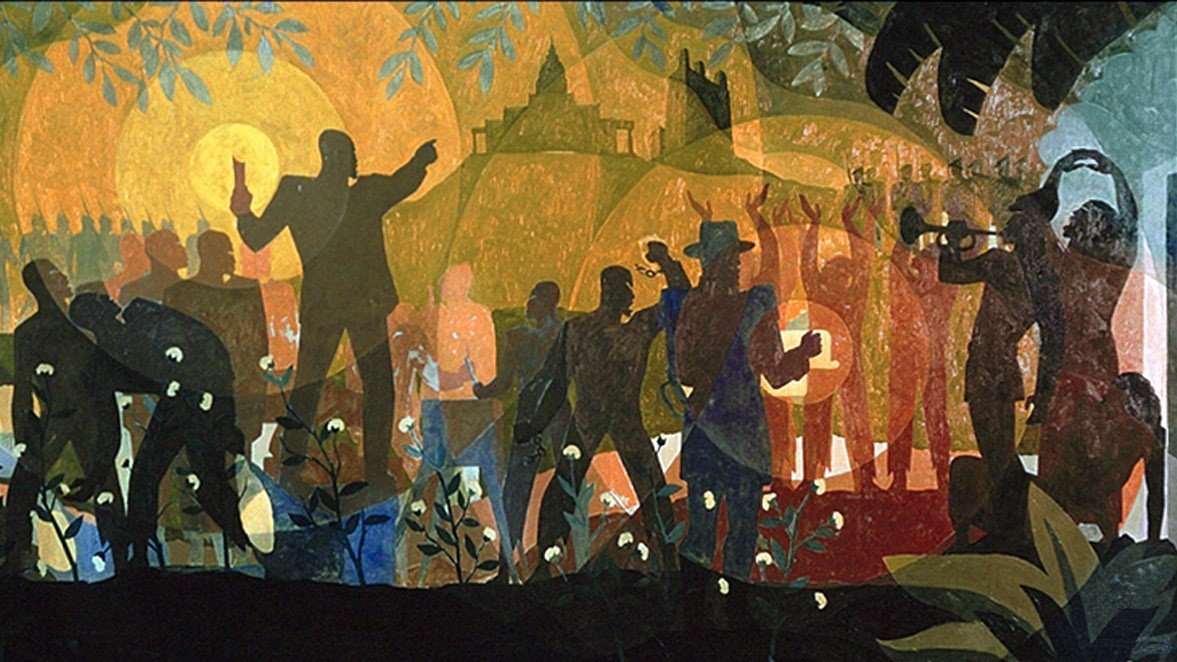
A Study of Artist Aaron Douglas: Painting the Human Figure in the Tradition of Resistance
Lesson by Patty Bode and Stephanie Schmidt
The artwork and leadership of Aaron Douglas foreshadowed the Civil Rights era by setting the visual tone of the Harlem Renaissance movement of the 1920s and 1930s. In this lesson, students will learn about Aaron Douglas and draw silhouettes of marchers, cut out the figures, and paint in Aaron Douglas’s style.

The Role of Black Landowners in the Civil Rights Movement
Teaching Idea by Tiferet Ani
Black landowners provided an indispensable support base for the Civil Rights Movement in Mississippi, as documented in the 82-minute Emmy Award-winning documentary Dirt and Deeds in Mississippi. Find teaching ideas for use in conjunction with film: a Socratic Seminar, a textbook revision project, and ideas for further research.
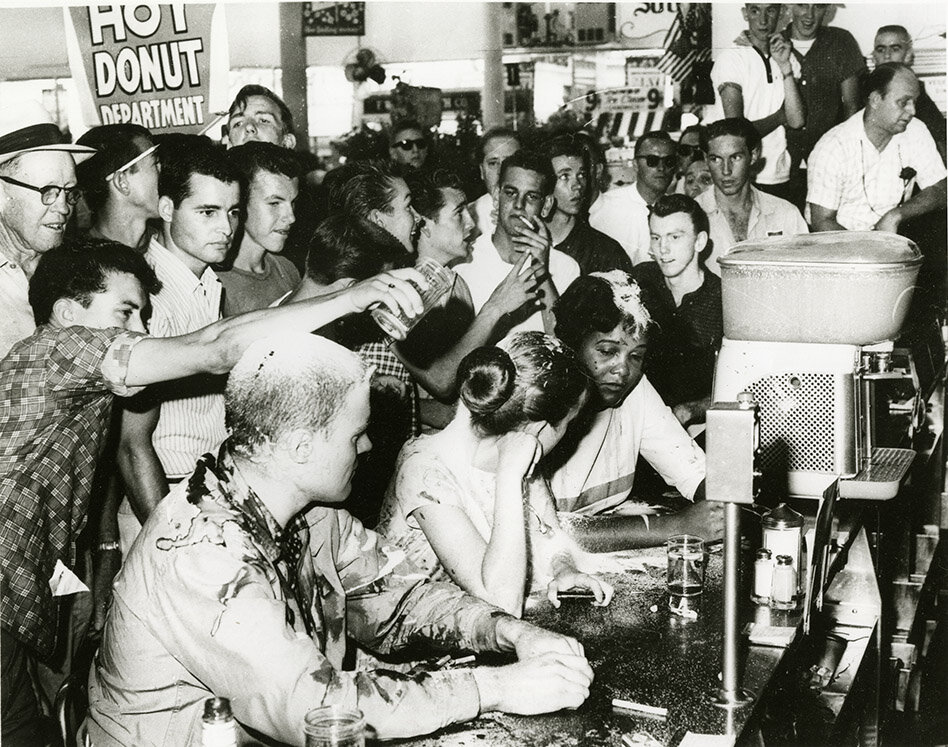
Sit-Ins: A Desegregation Role Play
Lesson by Chris Hoeh
A role play lesson for second grade on sit-ins.
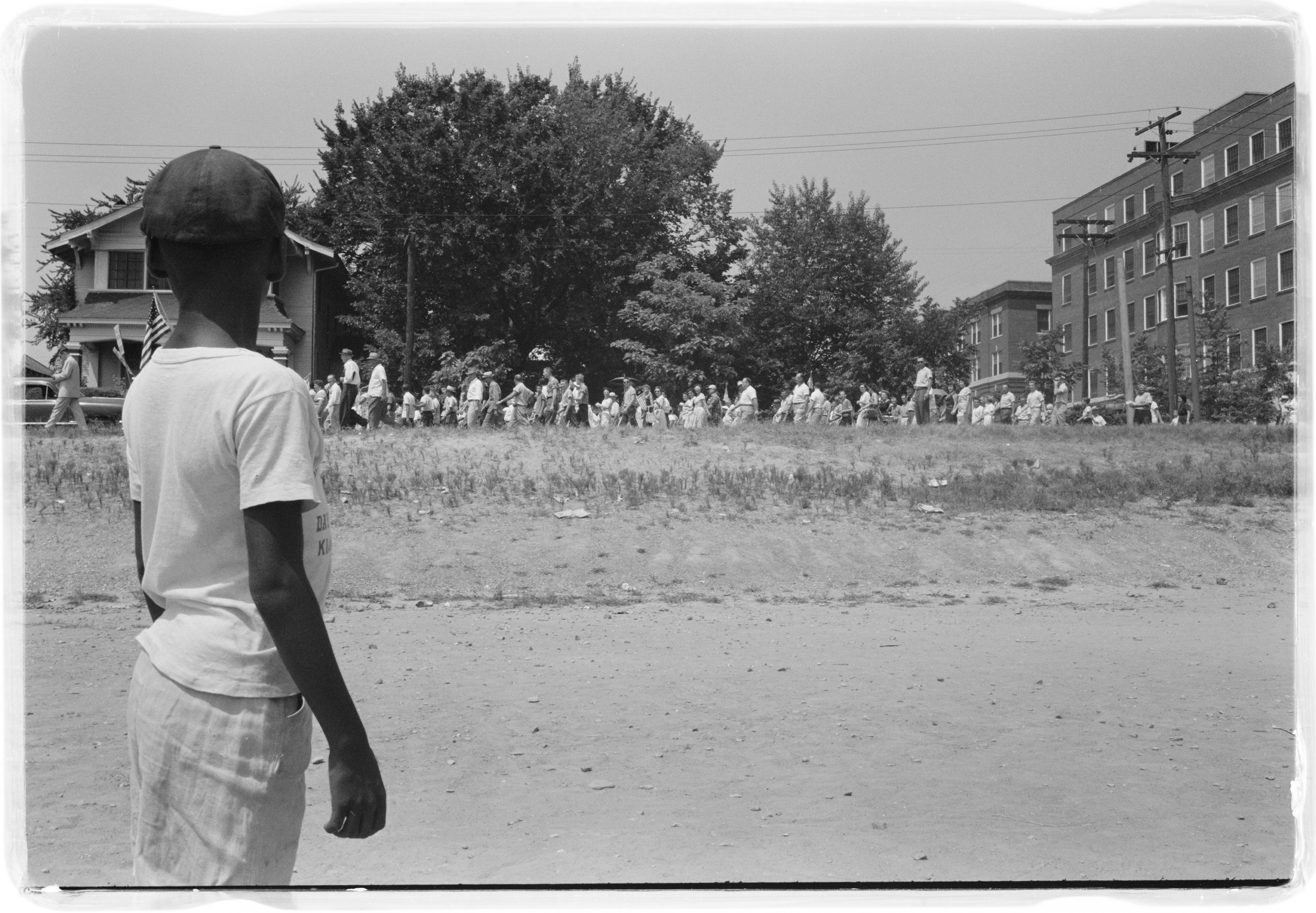

The Myth-Busting History of Edna Griffin
Lesson by Katy Swalwell and Jennifer Gallagher
Edna Griffin’s life work provides a powerful counter narrative to the traditional framing of the U.S. Civil Rights Movement. She was a woman living in the North who used court cases, boycotts, sit-ins, and protests to improve her community starting well before 1954. Through her decades of activism, she strategically employed a range of tactics. She also made connections between racism and other social concerns like war, labor struggles, education, and criminal justice.

At the River I Stand: The 1968 Memphis Sanitation Workers Strike and the Assassination of Martin Luther King Jr.
Reading by California Newsreel
The documentary film At the River I Stand skillfully reconstructs the two eventful months that transformed a strike by Memphis sanitation workers into a national conflagration, and disentangles the complex historical forces that came together with the inevitability of tragedy at the death of Martin Luther King Jr.
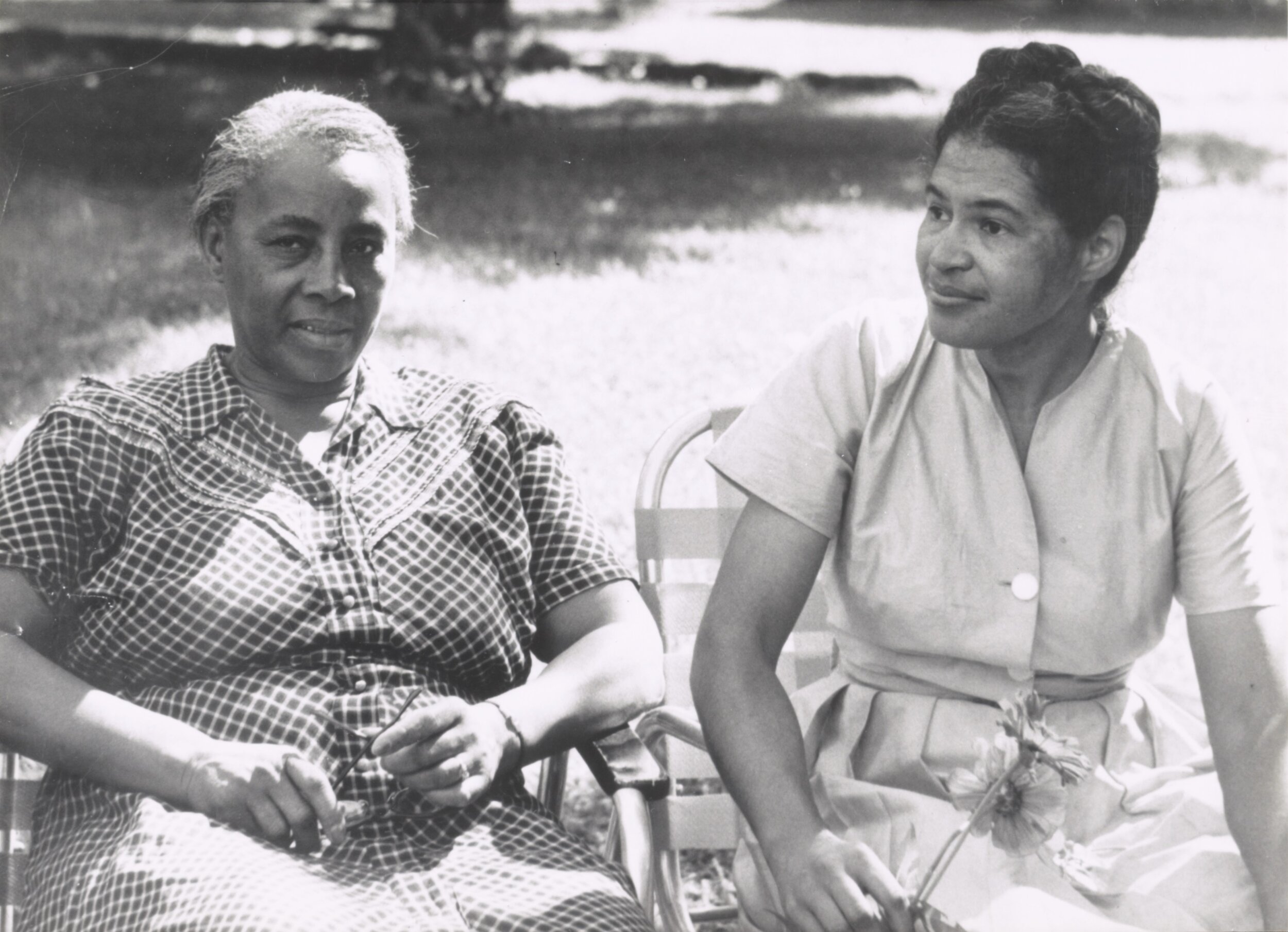
The Politics of Children’s Literature: What’s Wrong with the Rosa Parks Myth
Reading by Herbert Kohl
A critical analysis that challenges the myths in children’s books about Rosa Parks and the Montgomery Bus Boycott.
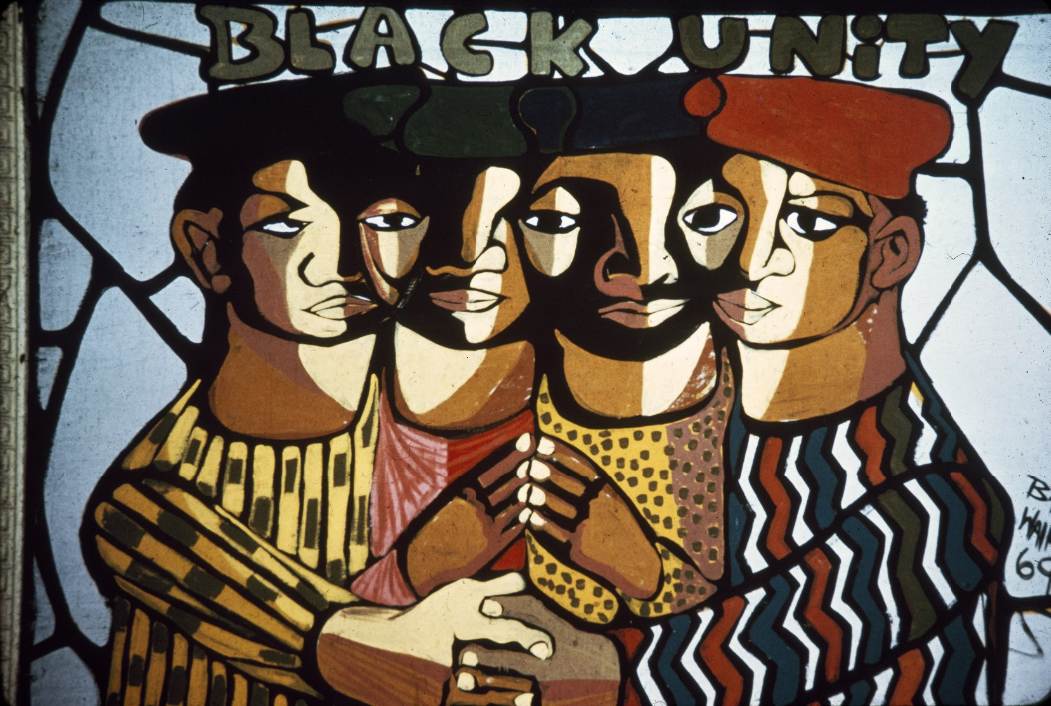
SOS — Calling All Black People: Introduction to the Black Arts Movement
Reading by John H. Bracey Jr., Sonia Sanchez, And James Smethurst
The writer and political activist Larry Neal is credited with coining the term "Black Arts Movement" (BAM) to describe the explosion of politically engaged African American art from the mid-1960s to the late 1970s.
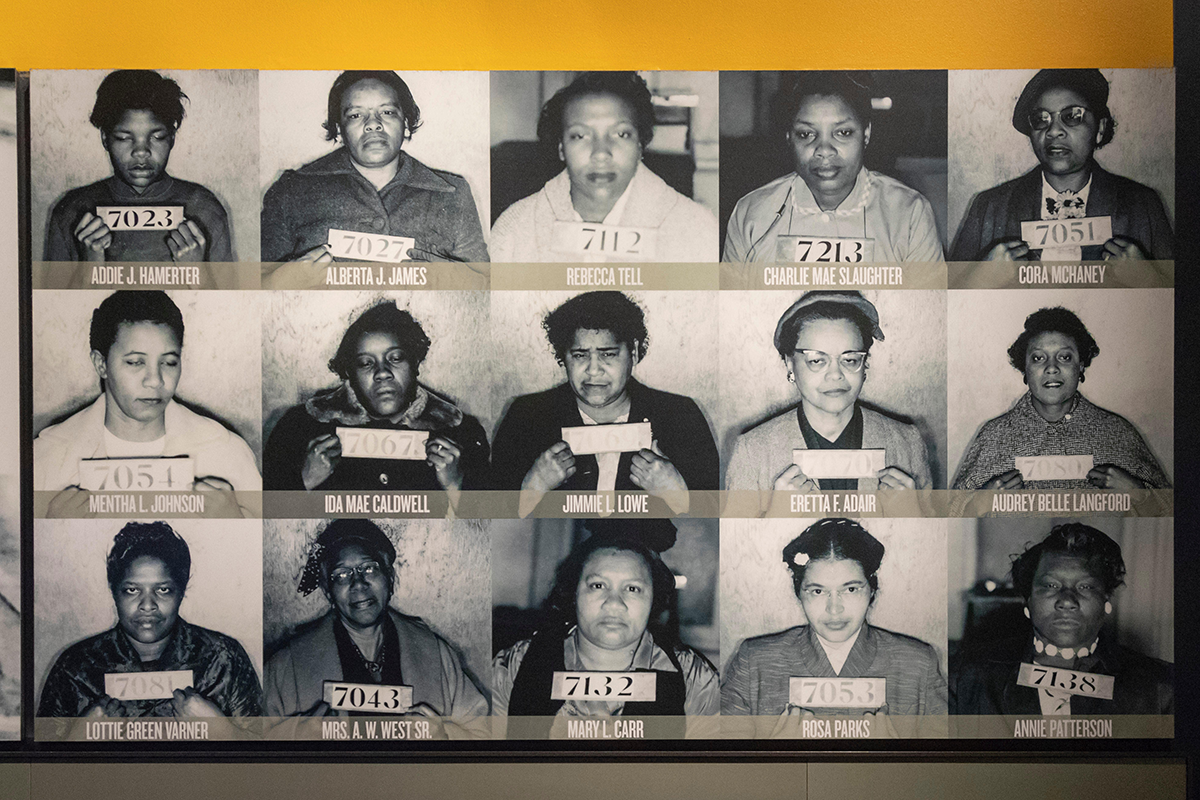
Montgomery Bus Boycott: Organizing Strategies and Challenges
Teaching Activity by Alana D. Murray
In this activity for middle and high school, students act as organizers and learn about many of the challenges faced by the group who sustained the Montgomery Bus Boycott for 381 days.
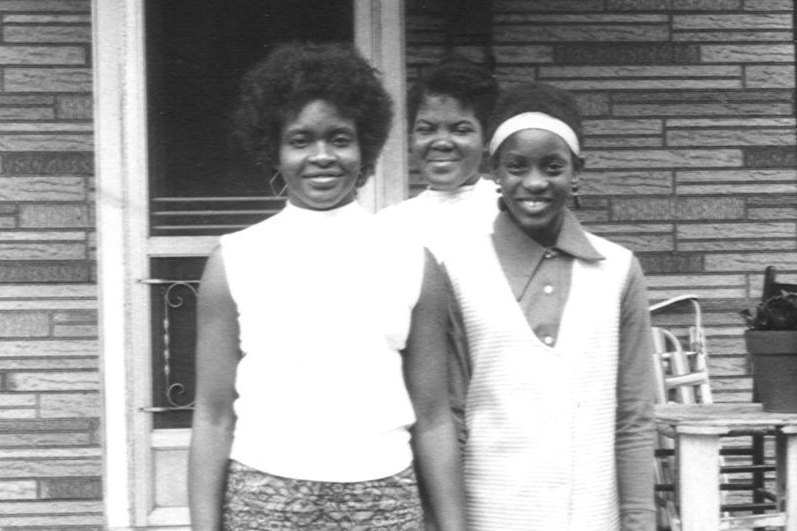
Soul Power and the People
Reading by Jenice L. View
Essay recalling memories of school desegregation in 1968 Washington, D.C.
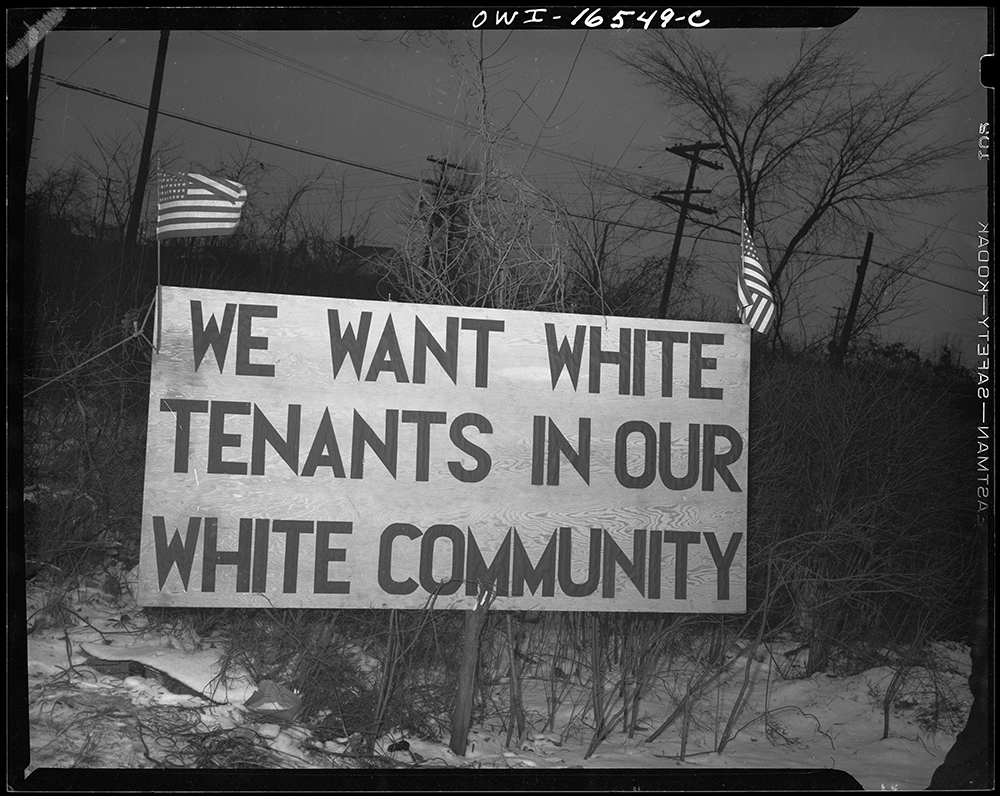
Our House Divided: What U.S. Schools Don’t Teach About U.S.-Style Apartheid
Reading by Richard Rothstein
The widespread belief that our continued residential racial segregation, North and South, is “de facto,” not the result of explicit government policy but instead the consequence of private prejudice, economic inequality, and personal choice to self-segregate is false. In truth, our major metropolitan areas were segregated by government action.
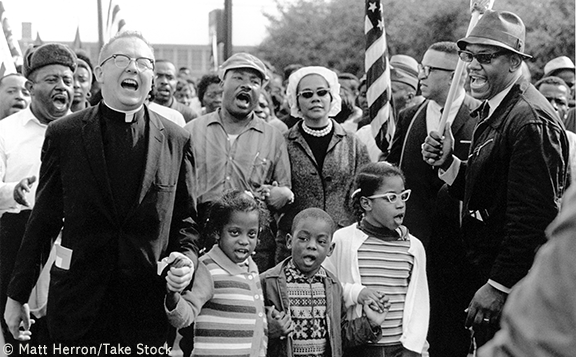
The Limits of Master Narratives in History Textbooks: An Analysis of Representations of Martin Luther King
Reading by Derrick Alridge
A study of how U.S. history textbooks present prescribed, oversimplified, and uncontroversial narratives of Dr. Martin Luther King Jr. that obscure important elements in King’s life and thought.
